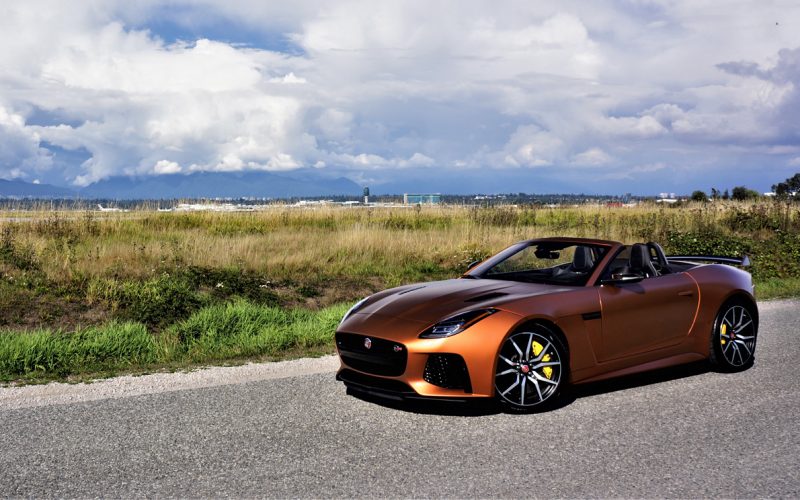
Reading Time: 7 minutesWhen choosing a sports car, plenty of variables come into play. Is it all about styling
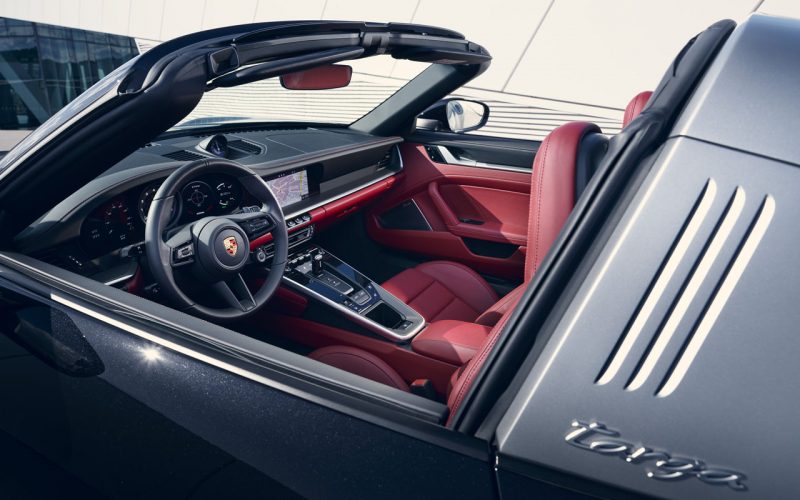
Reading Time: 8 minutesWith the redesigned 992-generation Porsche 911 Coupe and Cabriolet body styles now widely available, and plenty
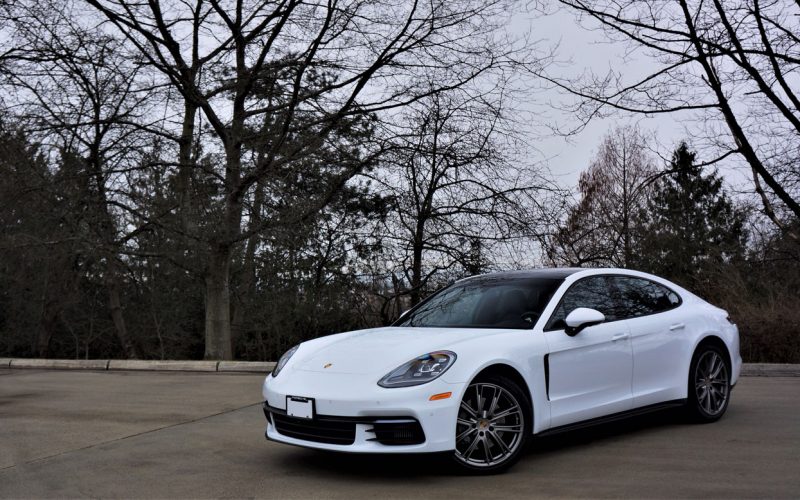
Reading Time: 9 minutesTo anyone interested in purchasing a sport sedan from a premium brand or something from the
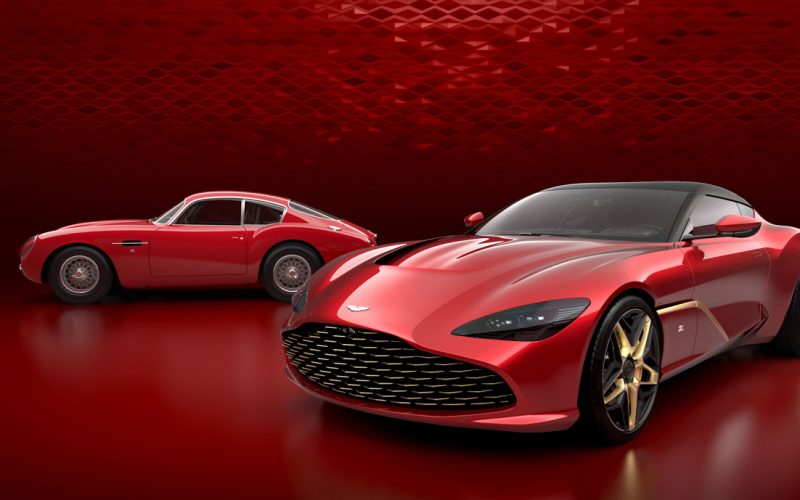
Reading Time: 5 minutesTwo cars in one, or at least that’s the arrangement you’ll need to accept if you
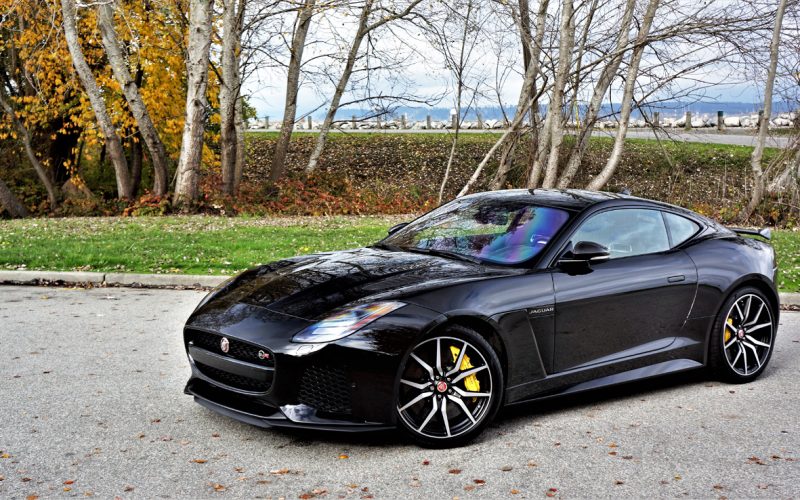
Reading Time: 8 minutesI’m not going to lie to you. As curious as I am to spend a given
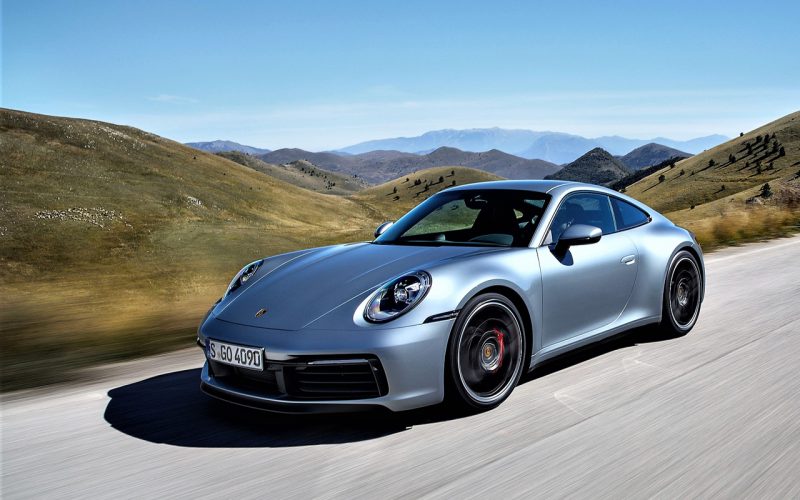
Reading Time: 11 minutesYou’d need to go back a very long way to find a year that Porsche’s 911
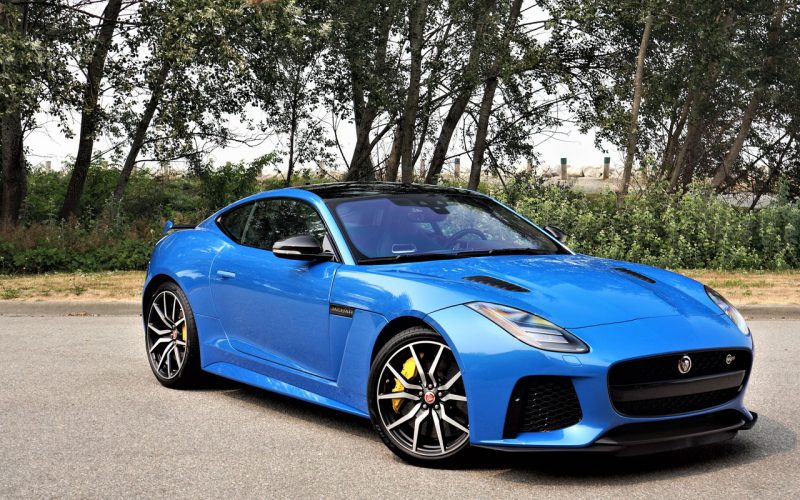
Reading Time: 9 minutesMost of the “important” Jaguar F-Type news centered around two new trims for 2018, and despite
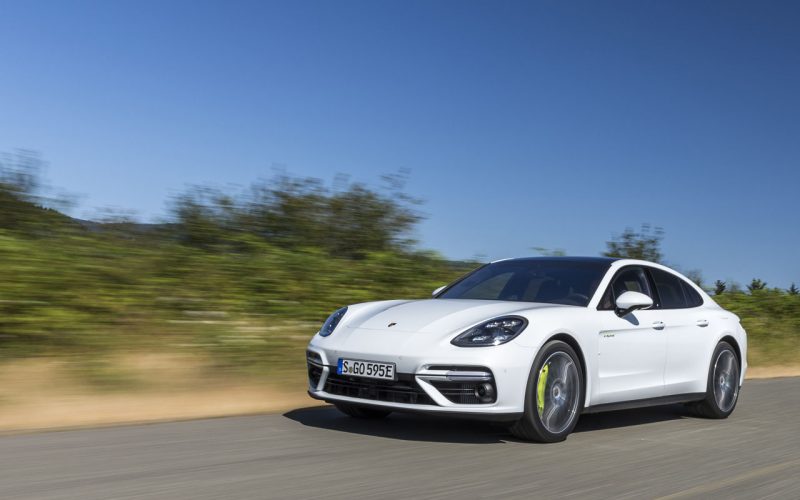
Reading Time: 10 minutesFew luxury brands get as much diversity from a given model as Porsche. The sports car
© 2025 The Car Magazine. All Rights Reserved, Privacy Policy | Terms of Use